June 4
Andrew Simon writes: Many of us are fond of the sweet, crisp taste of Evergreen huckleberries, which may be harvested, frost-covered, even as late as November. Well, the Silver-spotted Tiger Moth is also fond of this plant, it turns out. Larvae of this moth depend on multiple host plants on the west coast, including conifers such as Douglas-fir—but I have yet to find anything written regarding its taste for the leathery leaves of Vaccinium ovatum.
Lophocampa argentata observed by Andrew Simon and Kevin Toomer on the shores of Sticks West, Galiano.
Jeremy Tatum replies: Yes, while Douglas Fir is the usual foodplant of this species, I have occasionally found the caterpillar on other plants, such as broad-leaved trees. I haven’t kept a record of such plants, but the leathery leaves of Vaccinium ovatum certainly sounds like an interesting choice for this or any other caterpillar.

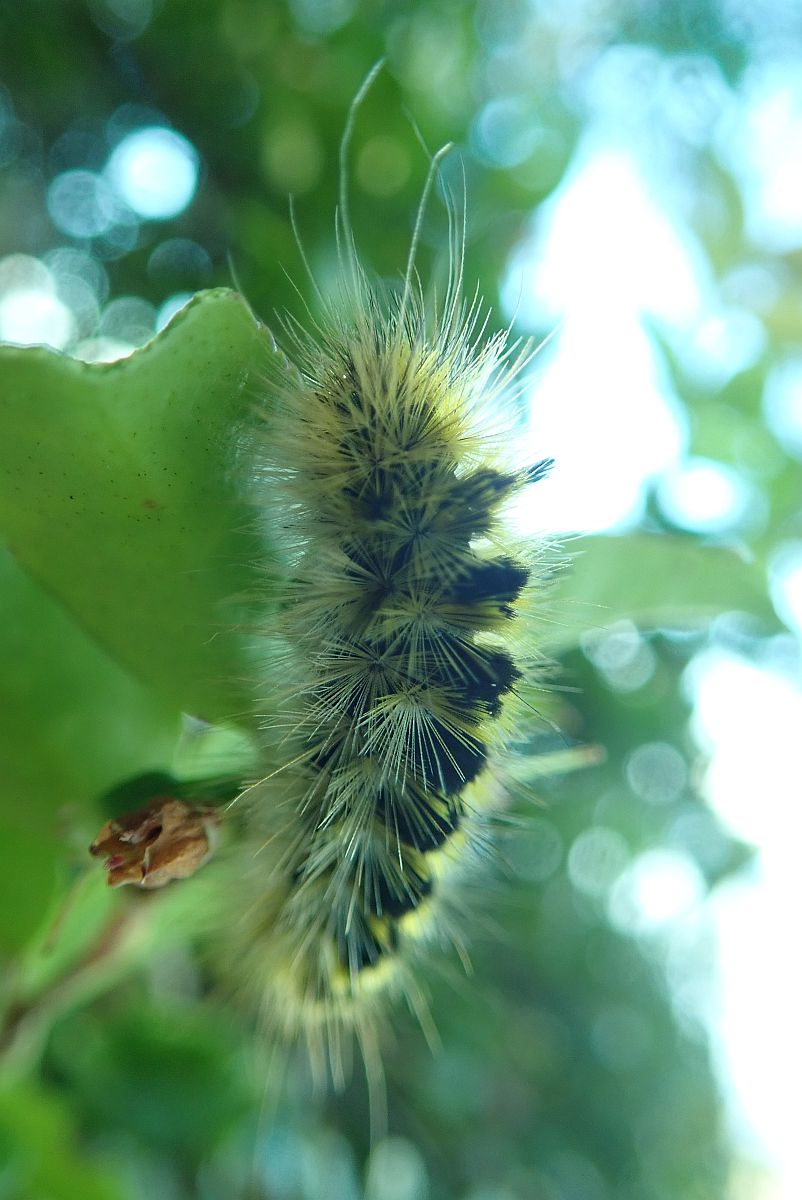
Lophocampa argentata (Lep.: Erebidae – Arctiinae) Andrew Simon
Jochen Möhr writes: This morning three specimens of Nadata gibbosa on my wall by the light – nothing else.

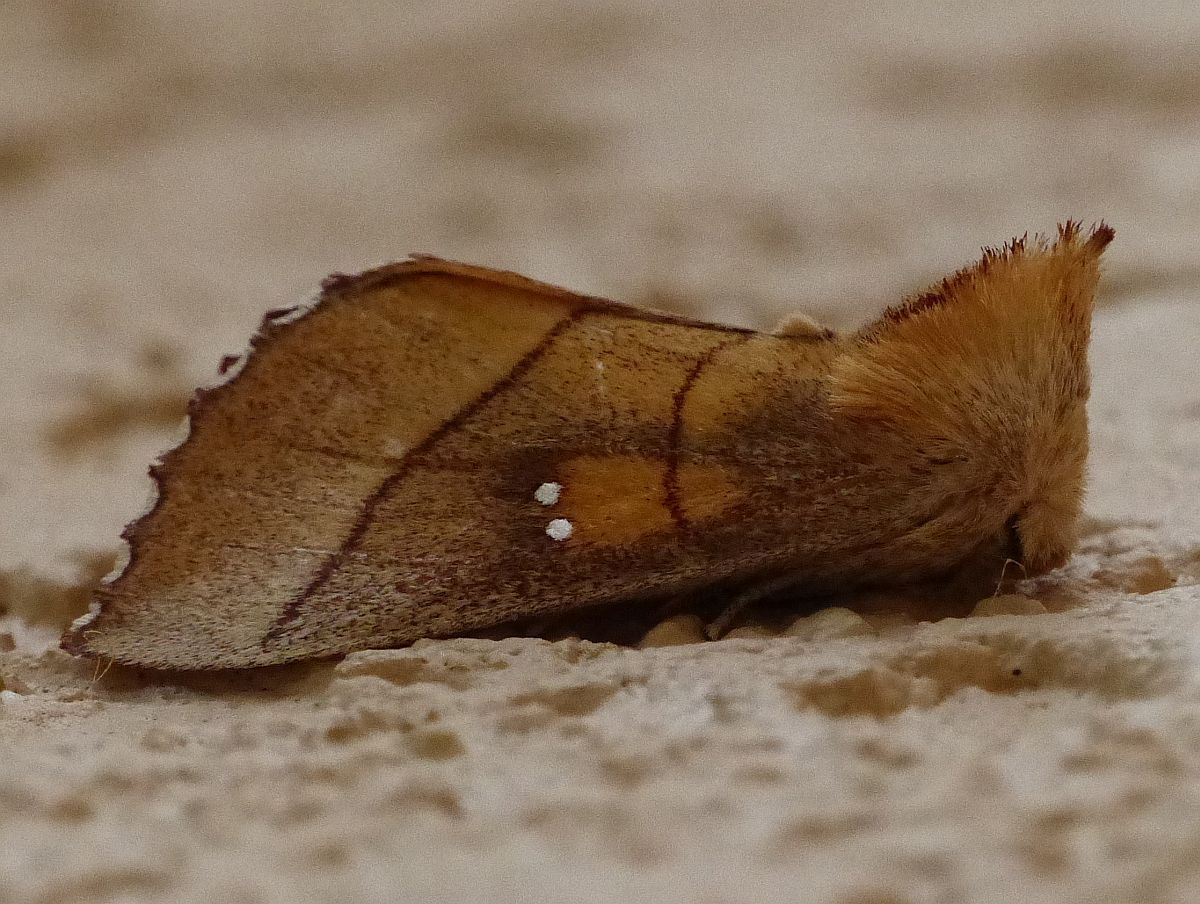
Rough Prominent Nadata gibbosa (Lep.: Notodontidae) Jochen Möhr

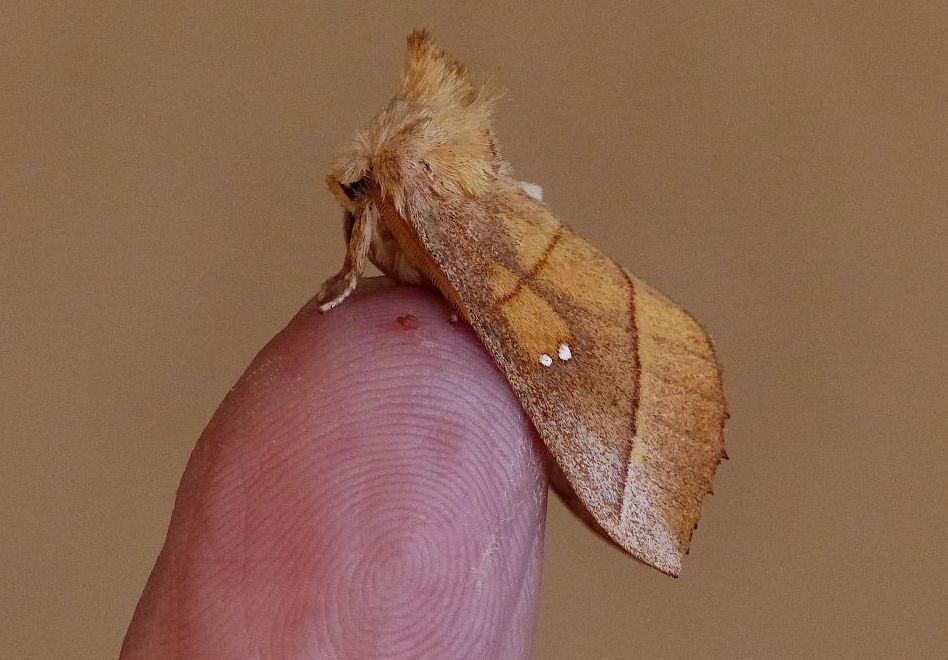
Rough Prominent Nadata gibbosa (Lep.: Notodontidae) Jochen Möhr

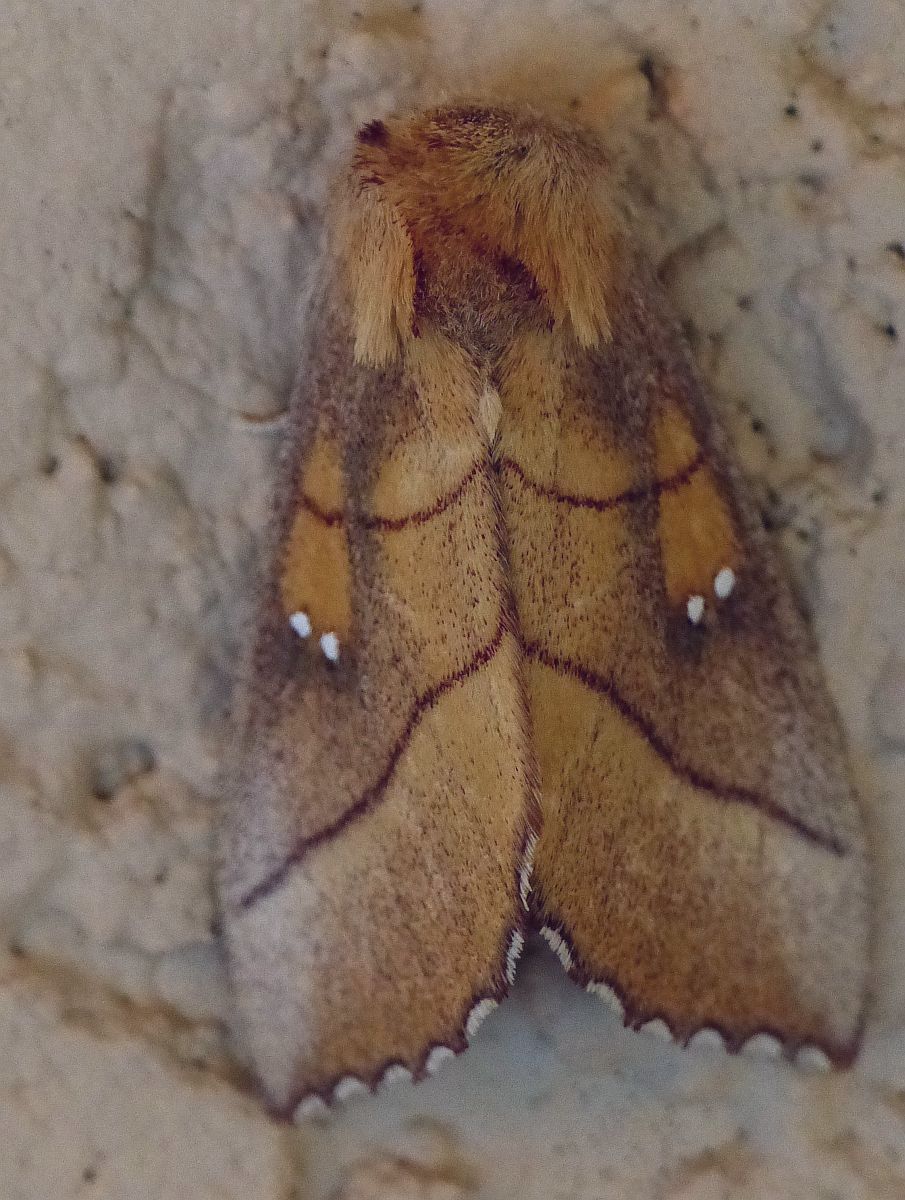
Rough Prominent Nadata gibbosa (Lep.: Notodontidae) Jochen Möhr
Lorquin’s Admirals are beginning to show up. Here’s Annie Pang’s first-of-the-year from Gorge Park, May 31.

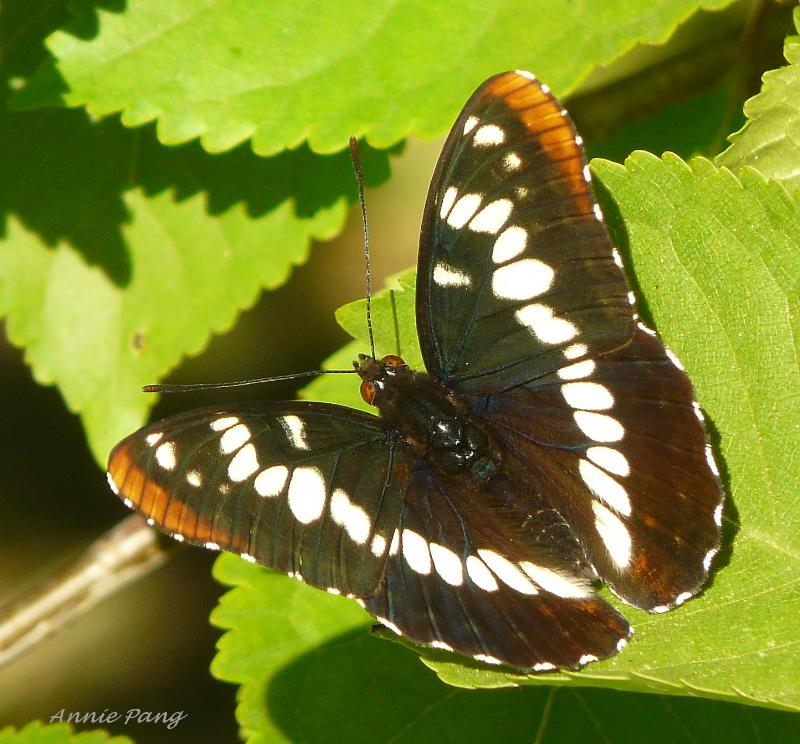
Lorquin’s Admiral Limenitis lorquini (Lep.: Nymphalidae) Annie Pang
And that European invader, the Common Emerald, is showing itself in caterpillar form. Here are two photographs of one from Louis Beaudouin in Lantzville:

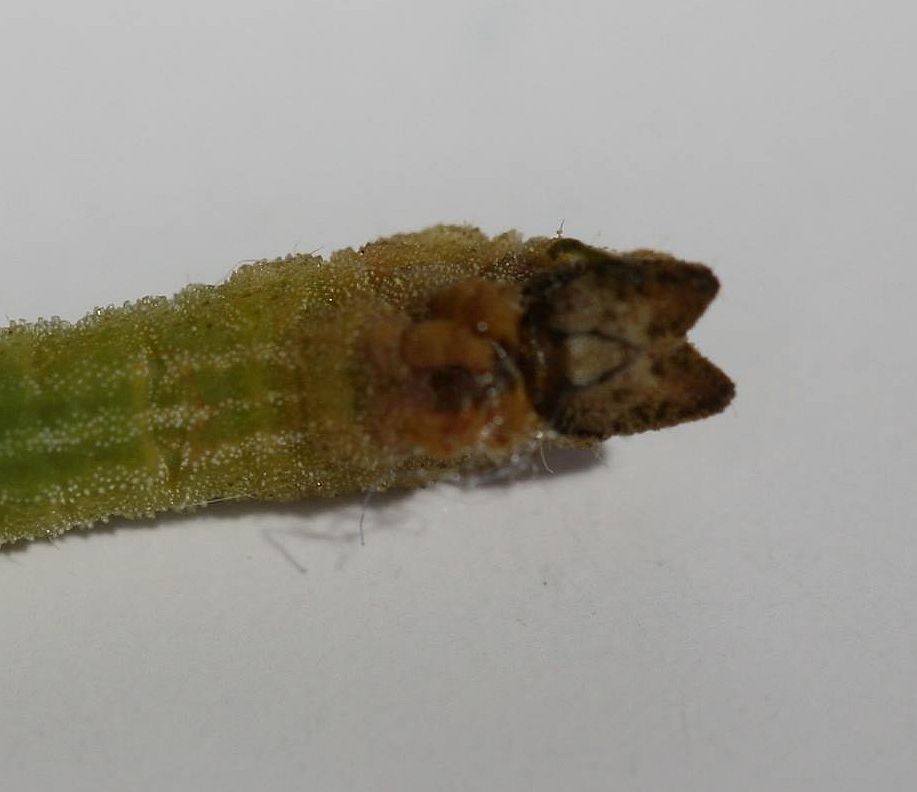
Common Emerald Hemithea aestivaria (Lep.: Geometridae) Louis Beaudouin

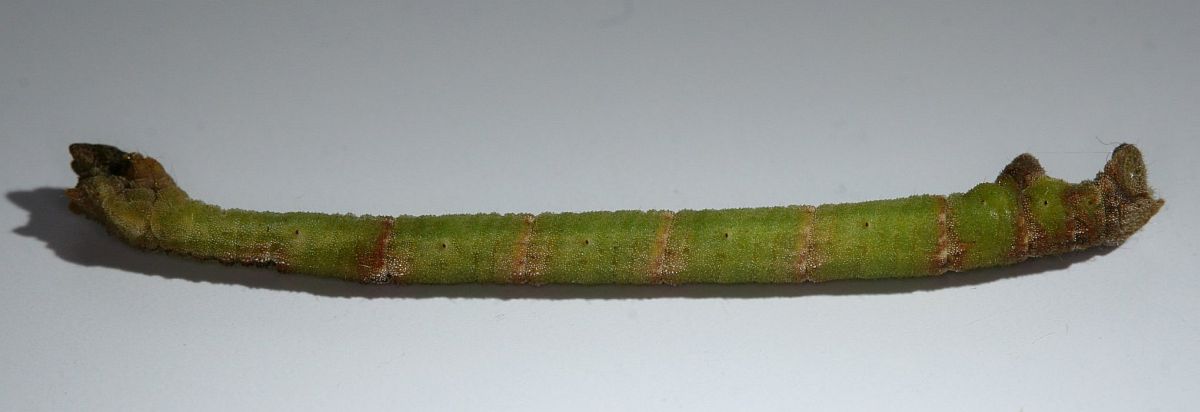
Common Emerald Hemithea aestivaria (Lep.: Geometridae) Louis Beaudouin
Matthew Powell sends a photograph of a female Polyphemus Moth from outside his Esquimalt condominium, May 20.

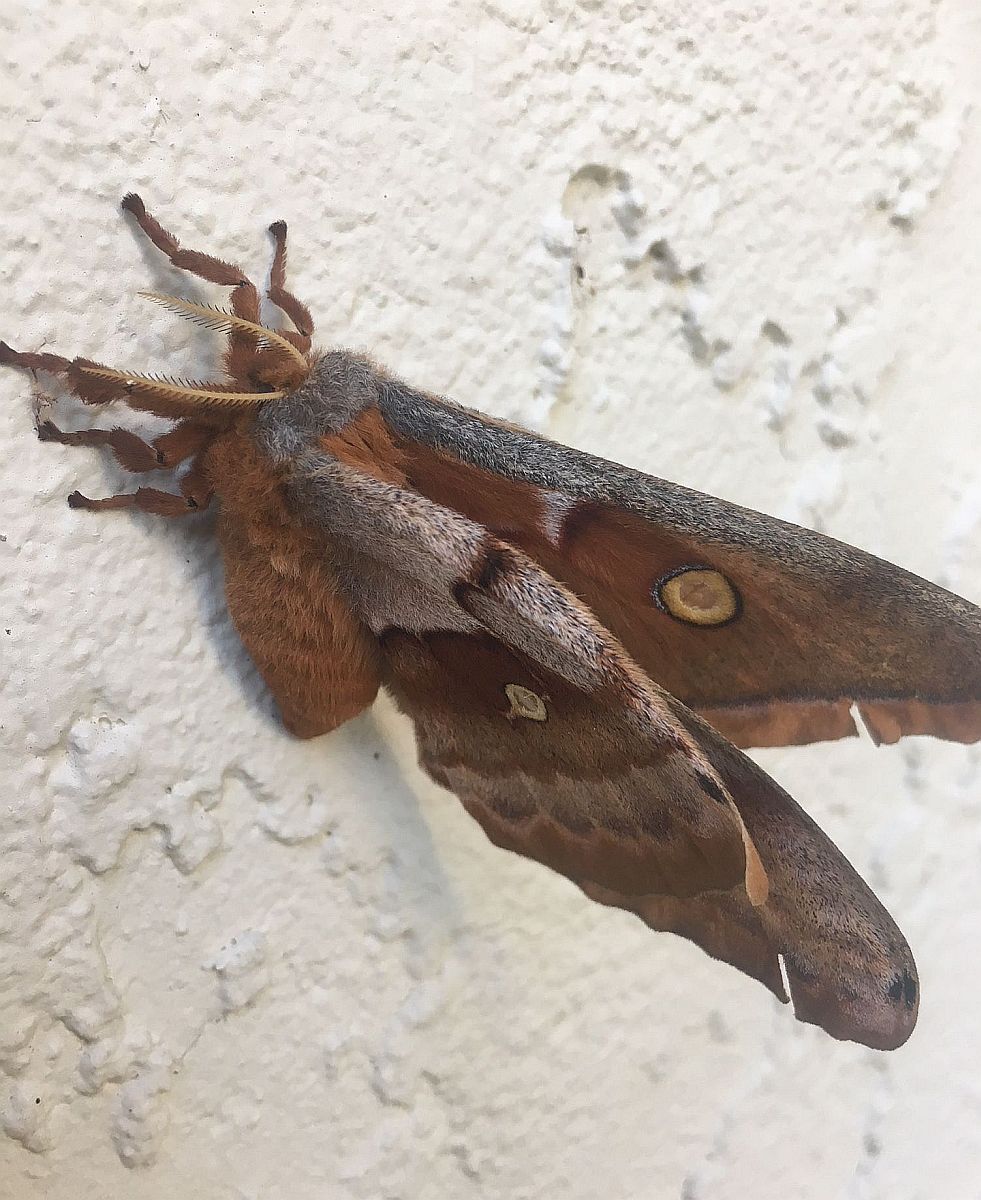
Female Polyphemus Moth Antheraea polyphemus (Lep.: Saturniidae) Matthew Powell
